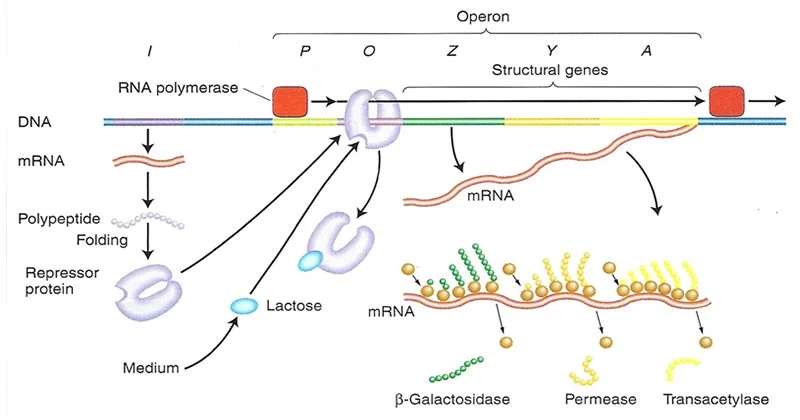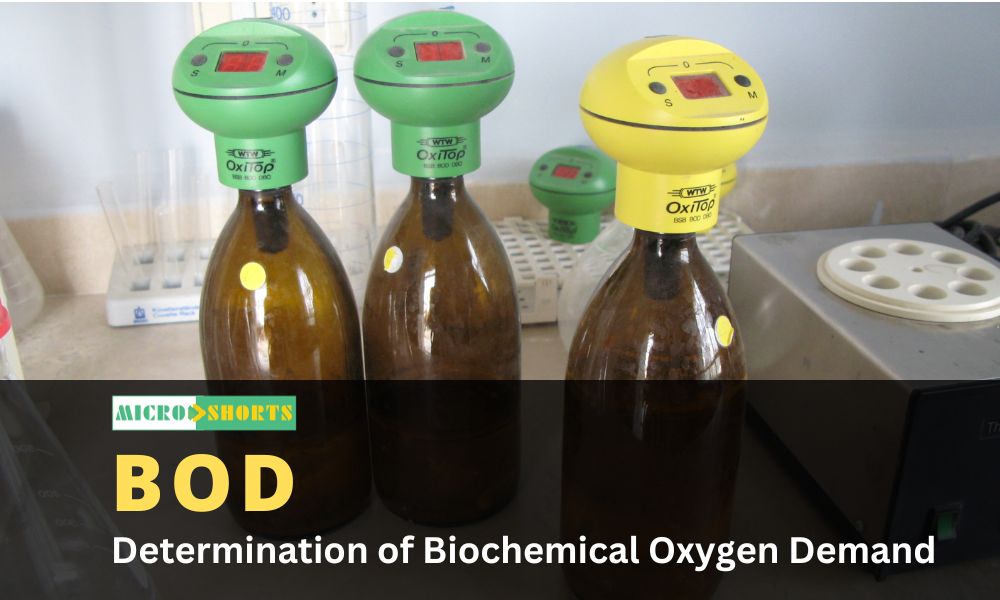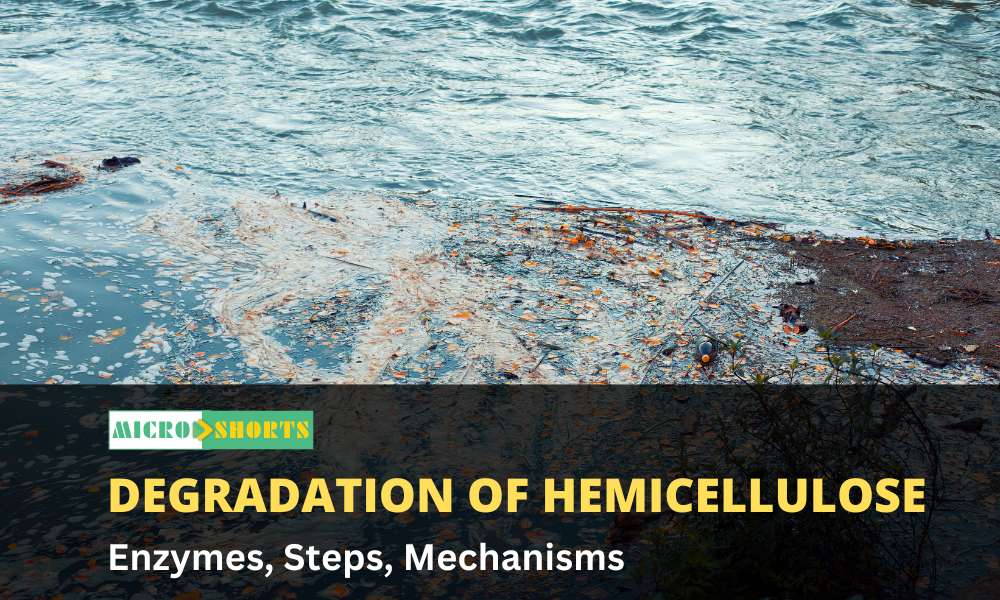Lac operon definition
- The
lactose or lac operon of Escherichia coli is a cluster of
three structural genes encoding proteins involved in lactose metabolism
and the sites on the DNA involved
in the regulation of the operon.
- Many protein-coding genes
in bacteria are clustered together in operons which serve as
transcriptional units that are coordinately regulated.
- It
was Jacob and Monod in 1961 who proposed the operon model for the
regulation of transcription.
The operon model
proposes three elements:
- A
set of structural genes (i.e. genes encoding the proteins to be
regulated);
- An
operator site, which is a DNA sequence that regulates transcription of the
structural genes;
- A
regulator gene which encodes a protein that recognizes the operator
sequence.

Lac operon
- One
of the most studied operons is the lac operon in E. coli.
- This
codes for key enzymes involved in lactose metabolism:
- Galactoside
permease (also known as lactose permease).
Transports lactose into the cell across the cell
membrane.
- Galactosidase
Hydrolyzes lactose to glucose and galactose.
- Thiogalactoside
transacetylase
Structure of Lac operon
.webp)
- In
the lac operon, the structural genes are the lacZ, lacY and lacA genes
encoding _-galactosidase, the permease, and the transacetylase,
respectively.
- Transcription
occurs from a single promoter (Plac) that lies upstream of
these structural genes and binds RNA polymerase.
- However,
also present are an operator site (Olac) between the promoter
and the structural genes, and a lacI gene that codes for the lac repressor
protein.
- The
lacI gene has its own promoter (PlacI) that binds RNA polymerase and leads
to transcription of lac repressor mRNA and hence the production of lac
repressor protein monomers.
- Four
identical repressor monomers come together to form the active tetramer
which can bind tightly to the lac operator site, Olac.
Inducers and the Induction of Lac operon
- Normally, E. coli cells
make very little of any of these three proteins but when lactose is
available it, causes a large and coordinated increase in the amount of
each enzyme.
- Thus
each enzyme is an inducible enzyme and the process is called induction.
- The
mechanism is that the few molecules of ß-galactosidase in the cell before
induction convert the lactose to allolactose which then turns on the
transcription of these three genes in the lac operon.
- Thus
allolactose is an inducer.
- Another
inducer of the lac operon is isopropylthiogalactoside (IPTG). Unlike
allolactose, this inducer is not metabolized by E. coli and
so, is useful for experimental studies of induction only.

Lac Operon in absence of Inducers
- In
the absence of an inducer such as allolactose or IPTG, the lacI gene is
transcribed and the resulting repressor protein binds to the operator site
of the lac operon, Olac, and prevents transcription of the lacZ, lacY and
lacA genes.
Lac Operon in presence of Inducers
- During
induction, the inducer binds to the repressor.
- This
causes a change in the conformation of the repressor that greatly reduces
its affinity for the lac operator site.
- The
lac repressor now dissociates from the operator site and allows the RNA
polymerase (already in place on the adjacent promoter site) to begin
transcribing the lacZ, lacY and lacA genes.
- They
are transcribed to yield a single polycistronic mRNA that is then
translated to produce all three enzymes in large amounts.
- The
existence of a polycistronic mRNA ensures that the amounts of all three
gene products are regulated coordinately.
- If
the inducer is removed, the lac repressor rapidly binds to the lac
operator site and transcription is inhibited almost immediately.
CRP/CAP
- High-level
transcription of the lac operon requires the presence of a specific
activator protein called catabolite activator protein (CAP), also called
cAMP receptor protein (CRP).
- This
protein, which is a dimer, cannot bind to DNA unless it is complexed with
3’5′ cyclic AMP (cAMP).
- The
CRP–cAMP complex binds to the lac promoter just upstream from the binding
site for RNA polymerase.
- It
increases the binding of RNA polymerase and so stimulates transcription of
the lac operon.
- Whether
or not the CRP protein is able to bind to the lac promoter depends on the
carbon source available to the bacterium.

Lac operon in the presence of Glucose
- When
glucose is present, E. coli does not need to use
lactose as a carbon source and so the lac operon does not need to be
active.
- Thus
the system has evolved to be responsive to glucose.
- Glucose
inhibits adenylate cyclase, the enzyme that synthesizes cAMP from ATP.
- Thus,
in the presence of glucose the intracellular level of cAMP falls, so CRP
cannot bind to the lac promoter, and the lac operon is only weakly active
(even in the presence of lactose).
Lac operon in the absence of Glucose
- When
glucose is absent, adenylate cyclase is not inhibited, the level of
intracellular cAMP rises and binds to CRP.
- Therefore,
when glucose is absent but lactose is present, the CRP–cAMP complex
stimulates transcription of the lac operon and allows the lactose to be
used as an alternative carbon source.
- In
the absence of lactose, the lac repressor, of course, ensures that the lac
operon remains inactive.
- These
combined controls ensure that the lacZ, lacY and lacA genes are
transcribed strongly only if glucose is absent and lactose is present.
Positive and Negative Regulation of Lac Operon
- The
lac operon is a good example of the negative control (negative regulation)
of gene expression in that bound repressor prevents transcription of the
structural genes.
- Positive
control or regulation of gene expression is when the regulatory protein
binds to DNA and increases the rate of transcription.
- In
this case, the regulatory protein is called an activator. The CAP/CRP
involved in regulating the lac operon is a good example of an activator.
- Thus the lac operon is subject to both negative and positive control.









Comments